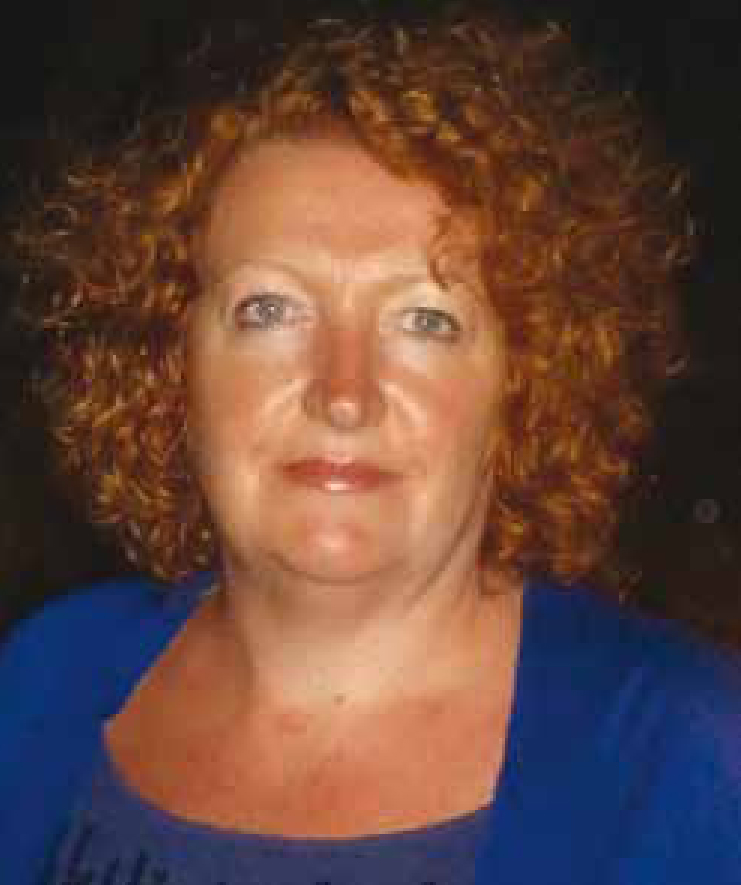References
Education, education, education

It has been almost 3 years since the publication and launch of the MINT project (Nursing and Midwifery Council (NMC), 2010) and two things have brought this back to the forefront of my mind. The project was a NMC commissioned study which aimed to explore the contribution of midwife teachers in preparing students for competent practice. For the purposes of the study a midwife teacher was defined as a University employed midwife who has gained or is working towards a NMC recordable teaching qualification (NMC, 2010). This was a significant study in relation to midwifery education and participants included students, Local Supervising Authority midwifery officers, teachers and newly qualified midwives and their preceptors. The findings identified that ‘student midwives found that their curriculum was most effective when midwife teachers taught most of it’ or applied ‘generic subjects to midwifery practice’ (NMC, 2010; 29). Teachers were also noted as leading the design and organisation of the curriculum and the inclusion of supervisors of midwives on the team was thought to enhance communication with mentors and managers. It also acknowledged that a core of the team should be research active and that the midwife teacher was valued for their unique and crucial role.
Register now to continue reading
Thank you for visiting British Journal of Midwifery and reading some of our peer-reviewed resources for midwives. To read more, please register today. You’ll enjoy the following great benefits:
What's included
-
Limited access to our clinical or professional articles
-
New content and clinical newsletter updates each month

